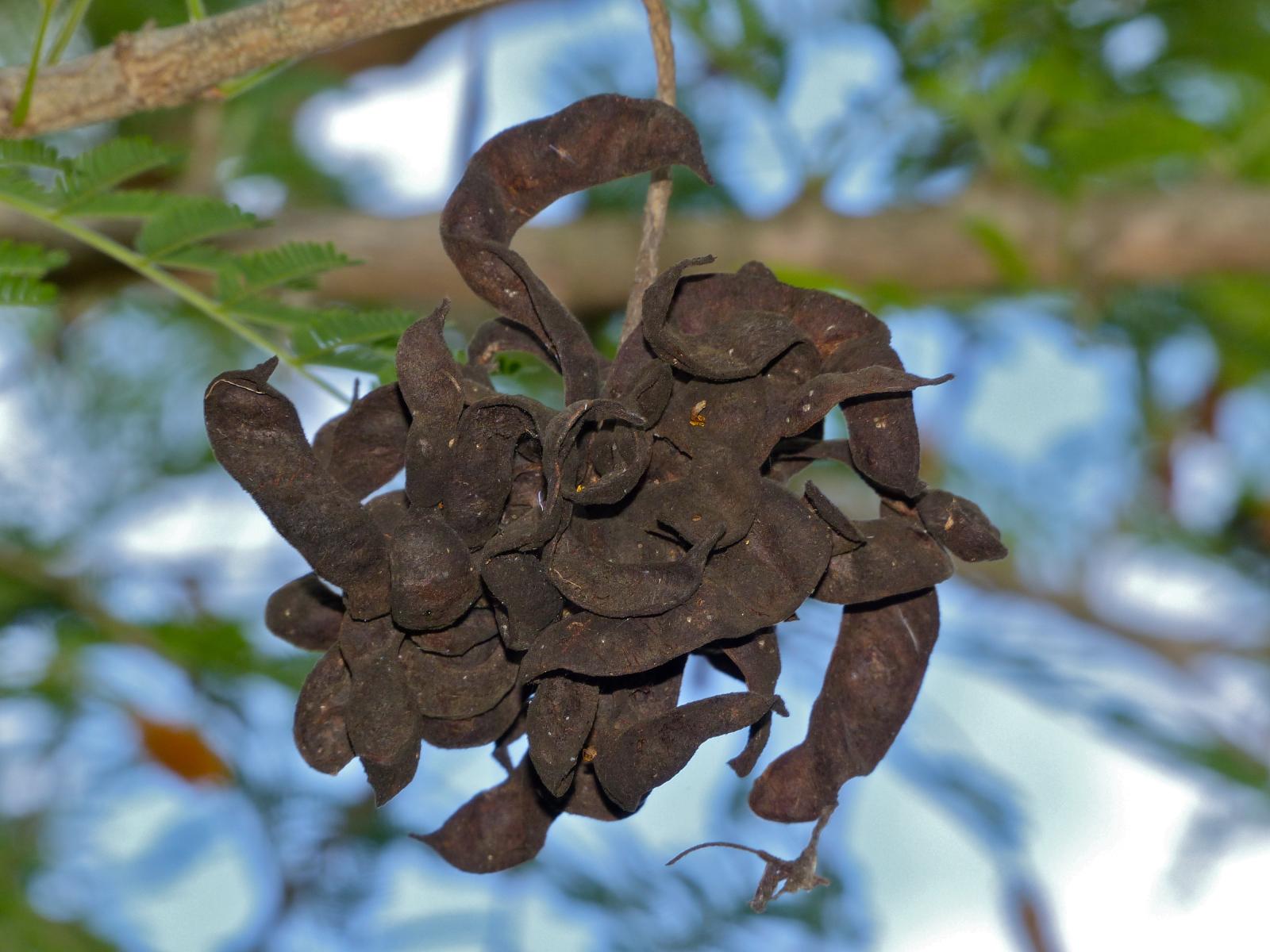1. Taxonomy:
- Kingdom: Plantae
- Phylum: Angiosperms
- Class: Eudicots
- Order: Fabales
- Family: Fabaceae (Leguminosae)
- Genus: Dichrostachys
- Species: Dichrostachys cinerea
2. Description:
- Appearance: Dichrostachys cinerea is a deciduous shrub or small tree that can grow up to 6 meters (20 feet) in height. It has a characteristic appearance with distinctive sickle-shaped pods and compound leaves.
- Leaves: The leaves are compound, typically with 1 to 2 pairs of pinnae (leaflets) and a single terminal leaflet. Each pinna has multiple small leaflets, which are elliptical or oblong in shape and are usually green.
- Flowers: The flowers of D. cinerea are small, fragrant, and range in color from pink to purplish. They are arranged in cylindrical spikes, which give the plant its name "Dichrostachys," meaning "two-colored spike."
- Fruits: The most distinctive feature of the sicklebush is its long, sickle-shaped pods. These pods are brown or reddish-brown and can grow up to 20 cm (8 inches) in length. They contain seeds and often remain on the plant for an extended period.
3. Distribution:
- Dichrostachys cinerea is native to various parts of Africa, including countries in East, West, and Southern Africa. It thrives in a range of ecological zones, including savannas, grasslands, and woodlands.
4. Ecological Importance:
- D. cinerea plays a crucial role in the ecosystem by providing food and shelter for various wildlife species. The pods and leaves are consumed by herbivores such as antelopes and giraffes.
- The plant also has nitrogen-fixing properties, which can improve soil fertility in the areas where it grows.
5. Traditional Uses:
- Medicinal Uses: In traditional African medicine, various parts of D. cinerea, including the roots, bark, and leaves, are used for their medicinal properties. They are believed to have anti-inflammatory, analgesic, and antipyretic (fever-reducing) properties. The plant is used to treat ailments such as diarrhea, dysentery, and coughs.
- Other Uses: The pods are sometimes used as a food source for livestock, and the wood is occasionally used for fuel and crafting.
6. Cultural Significance:
- D. cinerea is of cultural and spiritual significance in some African communities, where it may be used in rituals or ceremonies.
7. Conservation Status:
- The conservation status of Dichrostachys cinerea varies by region, but it is generally not considered globally threatened. However, local populations may face pressure due to habitat loss and overharvesting.
Please note that while Dichrostachys cinerea has several traditional uses, it's essential to exercise caution when using plants for medicinal purposes, as incorrect usage can be harmful. Consulting with a qualified healthcare professional is advisable for any medicinal applications.






